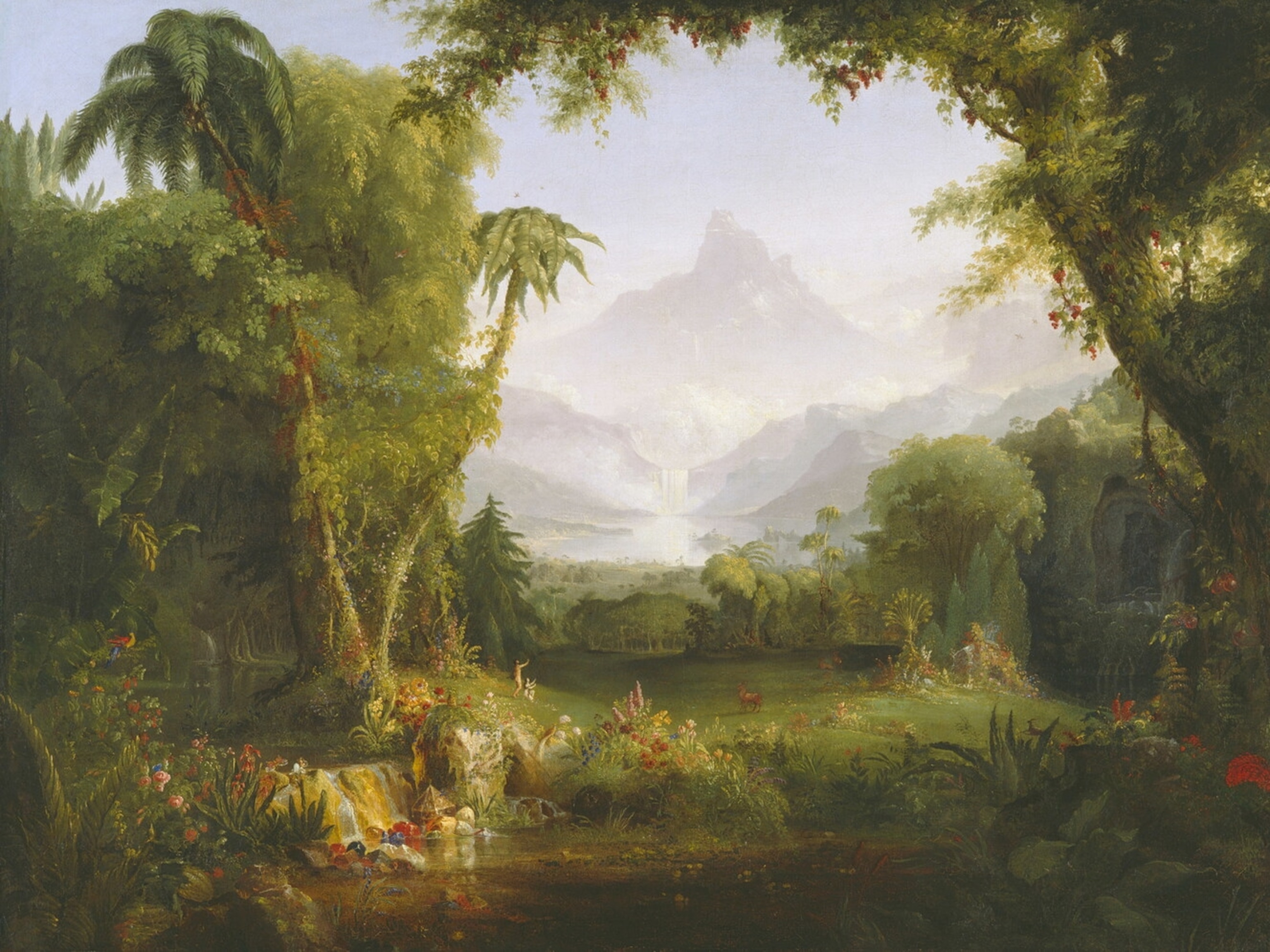
What archaeology is telling us about the real Jesus
Believers call him the Son of God. Skeptics dismiss him as legend. Now, researchers digging in the Holy Land are sifting fact from fiction.
The office of Eugenio Alliata in Jerusalem looks like the home base of any archaeologist who’d rather be in the field dirtying his hands than indoors tidying things up. A tumble of dusty, defunct computer equipment sits in one corner, and excavation reports share crowded shelves with measuring reels and other tools of the trade. It feels like the office of every archaeologist I’ve met in the Middle East, except that Alliata is wearing the chocolate brown habit of a Franciscan friar and his headquarters are in the Monastery of the Flagellation. According to church tradition, the monastery marks the spot where Jesus Christ, condemned to death, was scourged by Roman soldiers and crowned with thorns.
(Check out archeology by satellite)
“Tradition” is a word you hear a lot in this corner of the world, where throngs of tourists and pilgrims are drawn to dozens of sites that, according to tradition, are touchstones of the life of Christ—from his birthplace in Bethlehem to his burial place in Jerusalem.
For an archaeologist turned journalist like me, ever mindful that entire cultures rose and fell and left few traces of their time on Earth, searching an ancient landscape for shards of a single life feels like a fool’s errand, like chasing a ghost. And when that ghost is none other than Jesus Christ, believed by more than two billion of the world’s people to be the very Son of God, well, the assignment tempts one to seek divine guidance.
Which is why, in my repeated visits to Jerusalem, I keep coming back to the Monastery of the Flagellation, where Father Alliata always welcomes me and my questions with bemused patience. As a professor of Christian archaeology and director of the Studium Biblicum Franciscanum’s museum, he’s part of a 700-year-old Franciscan mission to look after and protect ancient religious sites in the Holy Land—and, since the 19th century, to excavate them according to scientific principles.
As a man of faith, Father Alliata seems at peace with what archaeology can—and cannot—reveal about Christianity’s central figure. “It will be something rare, strange, to have archaeological proof for [a specific person] 2,000 years ago,” he concedes, leaning back in his chair and folding his arms over his vestments. “But you can’t say Jesus doesn’t have a trace in history.”
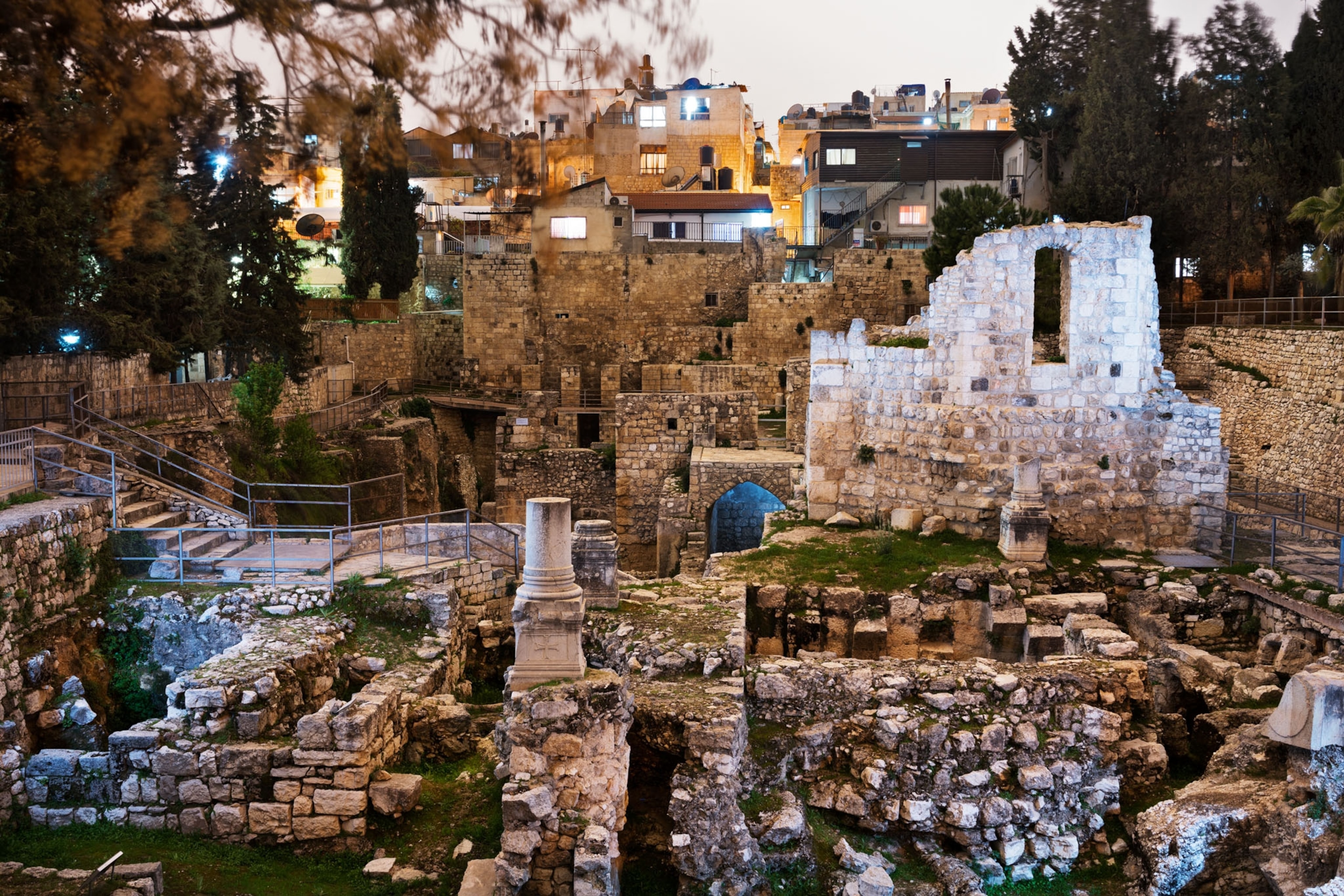
By far the most important—and possibly most debated—of those traces are the texts of the New Testament, especially the first four books: the Gospels of Matthew, Mark, Luke, and John. But how do those ancient texts, written in the second half of the first century, and the traditions they inspired, relate to the work of an archaeologist?
“Tradition gives more life to archaeology, and archaeology gives more life to tradition,” Father Alliata replies. “Sometimes they go together well, sometimes not,” he pauses, offering a small smile, “which is more interesting.”
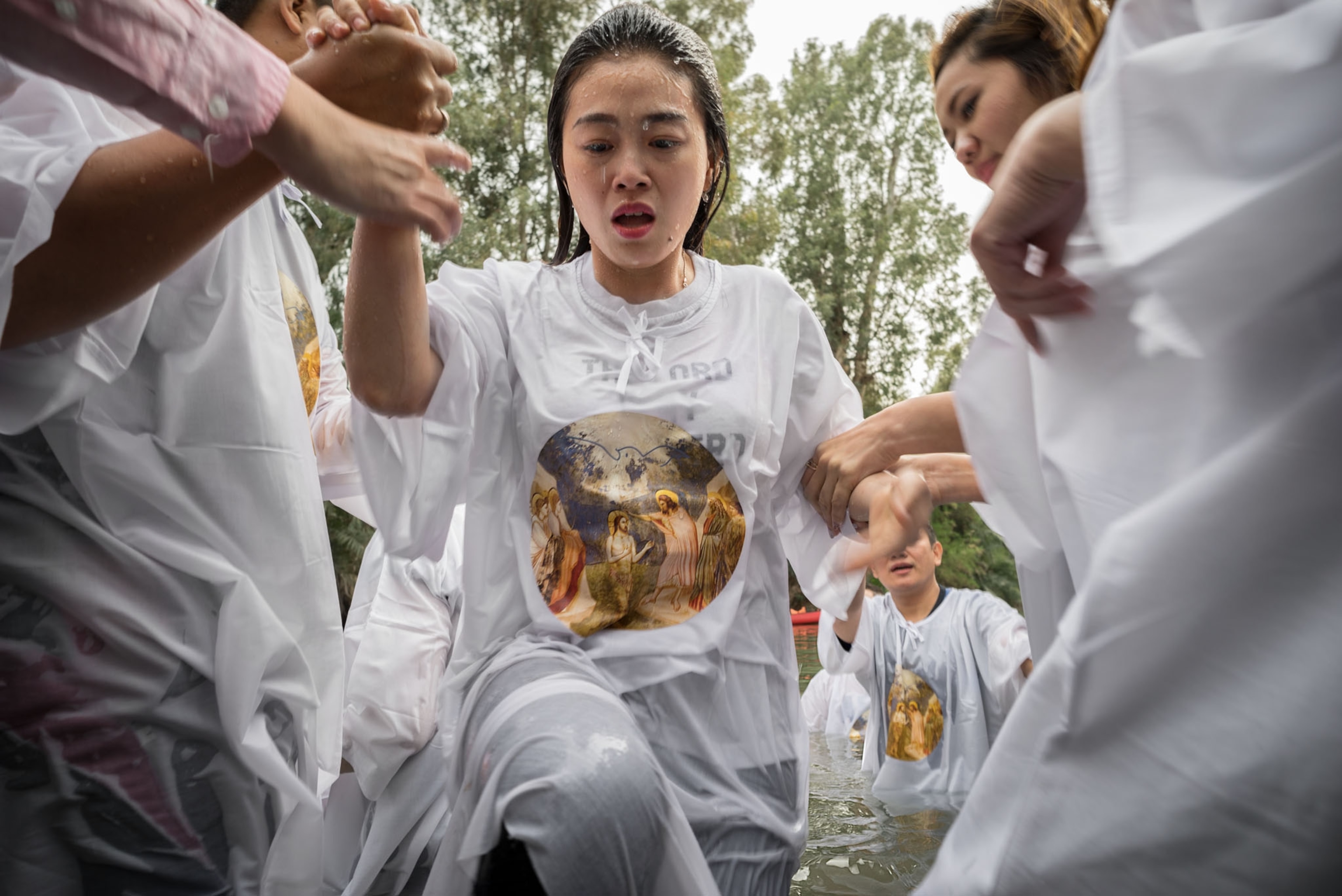
And so with Father Alliata’s blessing, I set out to walk in the footsteps of Jesus, retracing his story as told by the Gospel writers and interpreted by generations of scholars. Along the way I hope to discover how Christian texts and traditions stack up against the discoveries of archaeologists who began sifting the sands of the Holy Land in earnest some 150 years ago.
But before I begin my pilgrimage, I need to probe an explosive question that lurks in the shadows of historical Jesus studies: Might it be possible that Jesus Christ never even existed, that the whole stained glass story is pure invention? It’s an assertion that’s championed by some outspoken skeptics—but not, I discovered, by scholars, particularly archaeologists, whose work tends to bring flights of fancy down to literal earth.
“I don’t know any mainstream scholar who doubts the historicity of Jesus,” said Eric Meyers, an archaeologist and emeritus professor in Judaic studies at Duke University. “The details have been debated for centuries, but no one who is serious doubts that he’s a historical figure.”
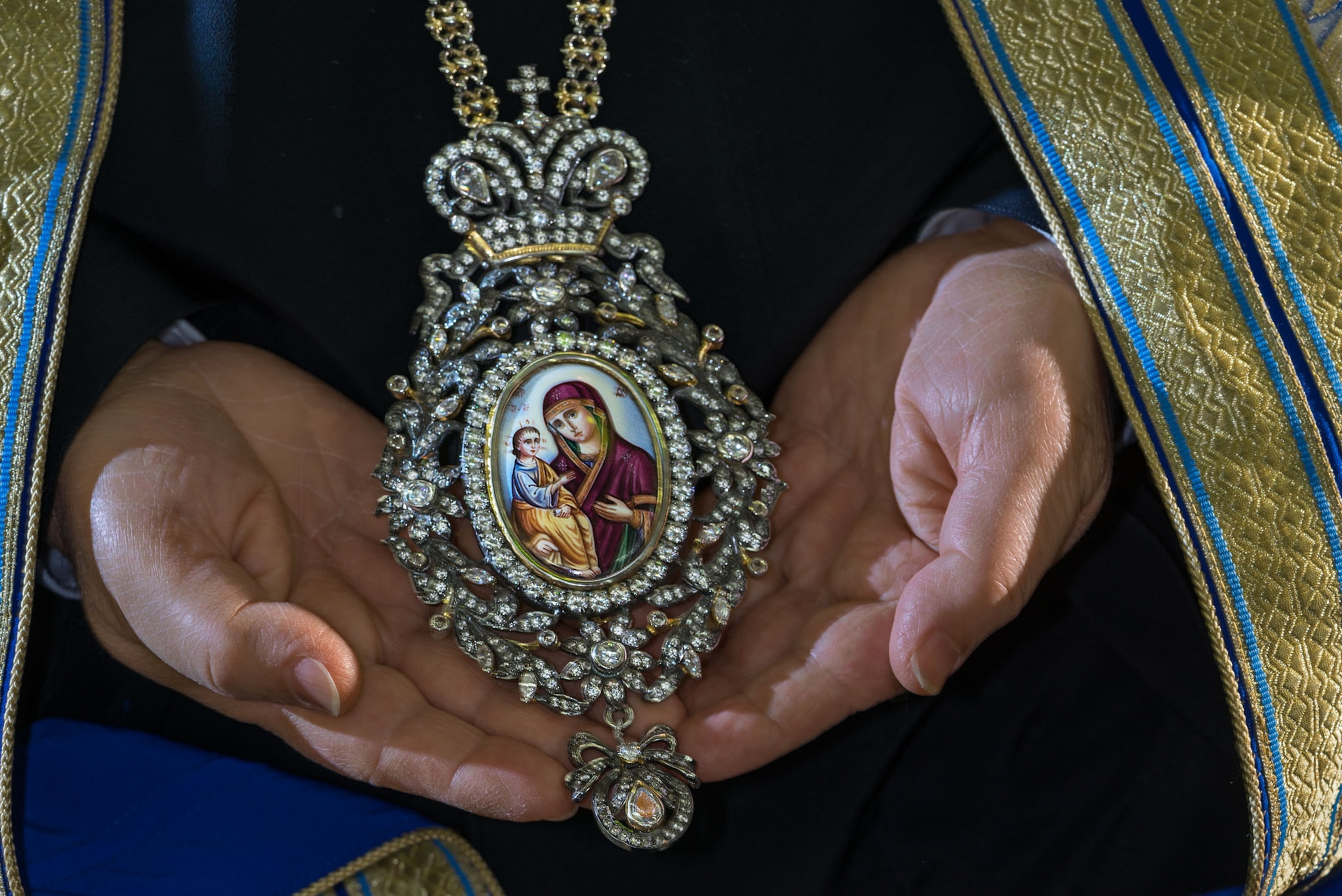
I heard much the same from Byron McCane, an archaeologist and history professor at Florida Atlantic University. “I can think of no other example who fits into their time and place so well but people say doesn’t exist,” he said.
Even John Dominic Crossan, a former priest and co-chair of the Jesus Seminar, a controversial scholarly forum, believes the radical skeptics go too far. Granted, stories of Christ’s miraculous deeds—healing the sick with his words, feeding a multitude with a few morsels of bread and fish, even restoring life to a corpse four days dead—are hard for modern minds to embrace. But that’s no reason to conclude that Jesus of Nazareth was a religious fable.
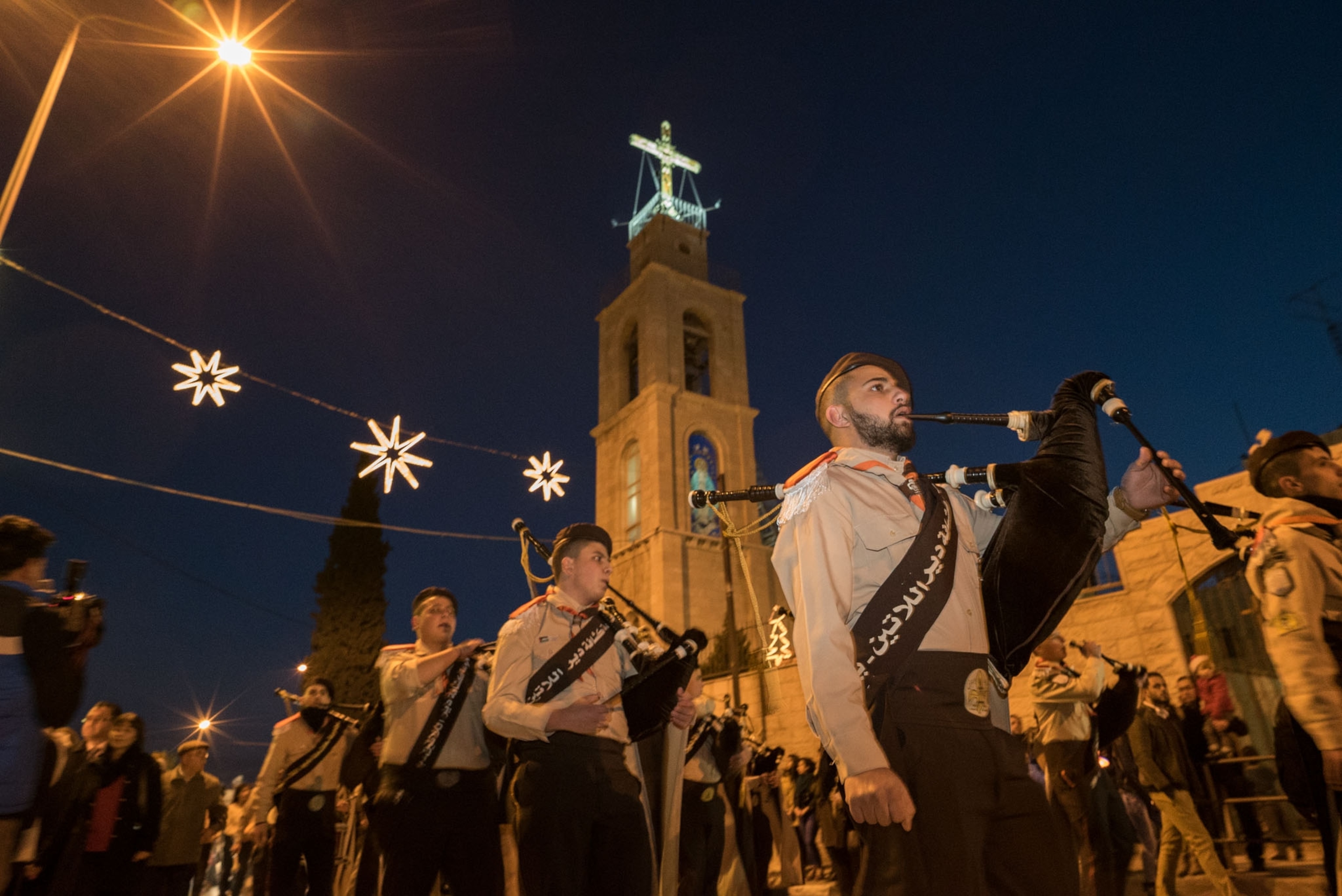
“Now, you can say he walks on water and nobody can do that, so therefore he doesn’t exist. Well, that’s something else,” Crossan told me when we spoke by phone. “The general fact that he did certain things in Galilee, that he did certain things in Jerusalem, that he got himself executed—all of that, I think, fits perfectly into a certain scenario.”
Scholars who study Jesus divide into two opposing camps separated by a very bright line: those who believe the wonder-working Jesus of the Gospels is the real Jesus, and those who think the real Jesus—the man who inspired the myth—hides below the surface of the Gospels and must be revealed by historical research and literary analysis. Both camps claim archaeology as their ally, leading to some fractious debates and strange bedfellows.
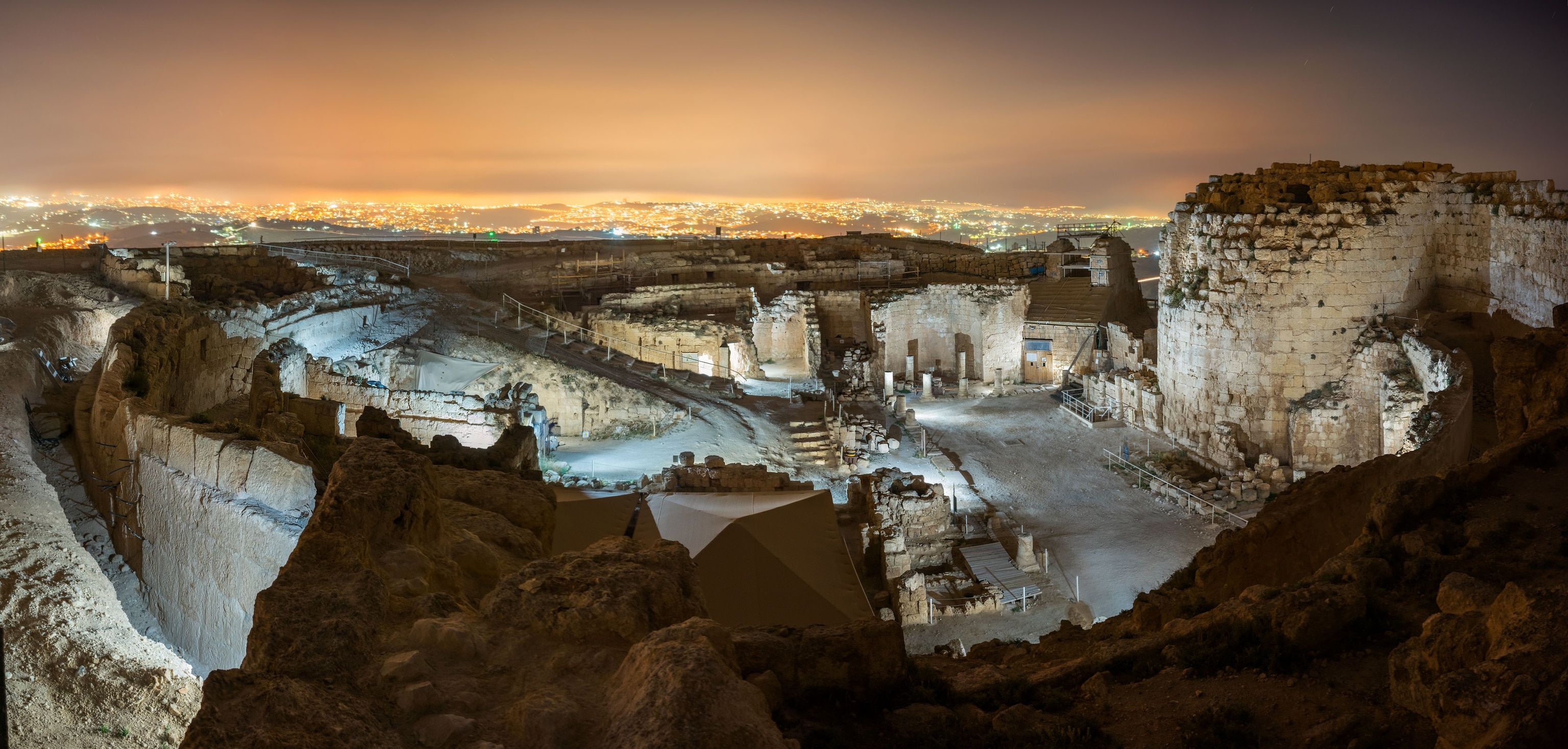
Whoever Jesus Christ was or is—God, man, or the greatest literary hoax in history—the diversity and devotion of his modern disciples are on colorful parade when I arrive in Bethlehem, the ancient city traditionally identified as his birthplace. The tour buses that cross the checkpoint from Jerusalem to the West Bank carry a virtual United Nations of pilgrims. One by one the buses park and discharge their passengers, who emerge blinking in the dazzling sun: Indian women in splashy saris, Spaniards in backpacks emblazoned with the logo of their local parish, Ethiopians in snow-white robes with indigo crucifixes tattooed on their foreheads.
I catch up to a group of Nigerian pilgrims in Manger Square and follow them through the low entrance of the Church of the Nativity. The soaring aisles of the basilica are shrouded in tarps and scaffolding. A conservation team is busy cleaning centuries of candle soot from the 12th-century gilded mosaics that flank the upper walls, above elaborately carved cedar beams erected in the sixth century. We carefully circle a section of floor cut open to reveal the earliest incarnation of the church, built in the 330s on orders of Rome’s first Christian emperor, Constantine.
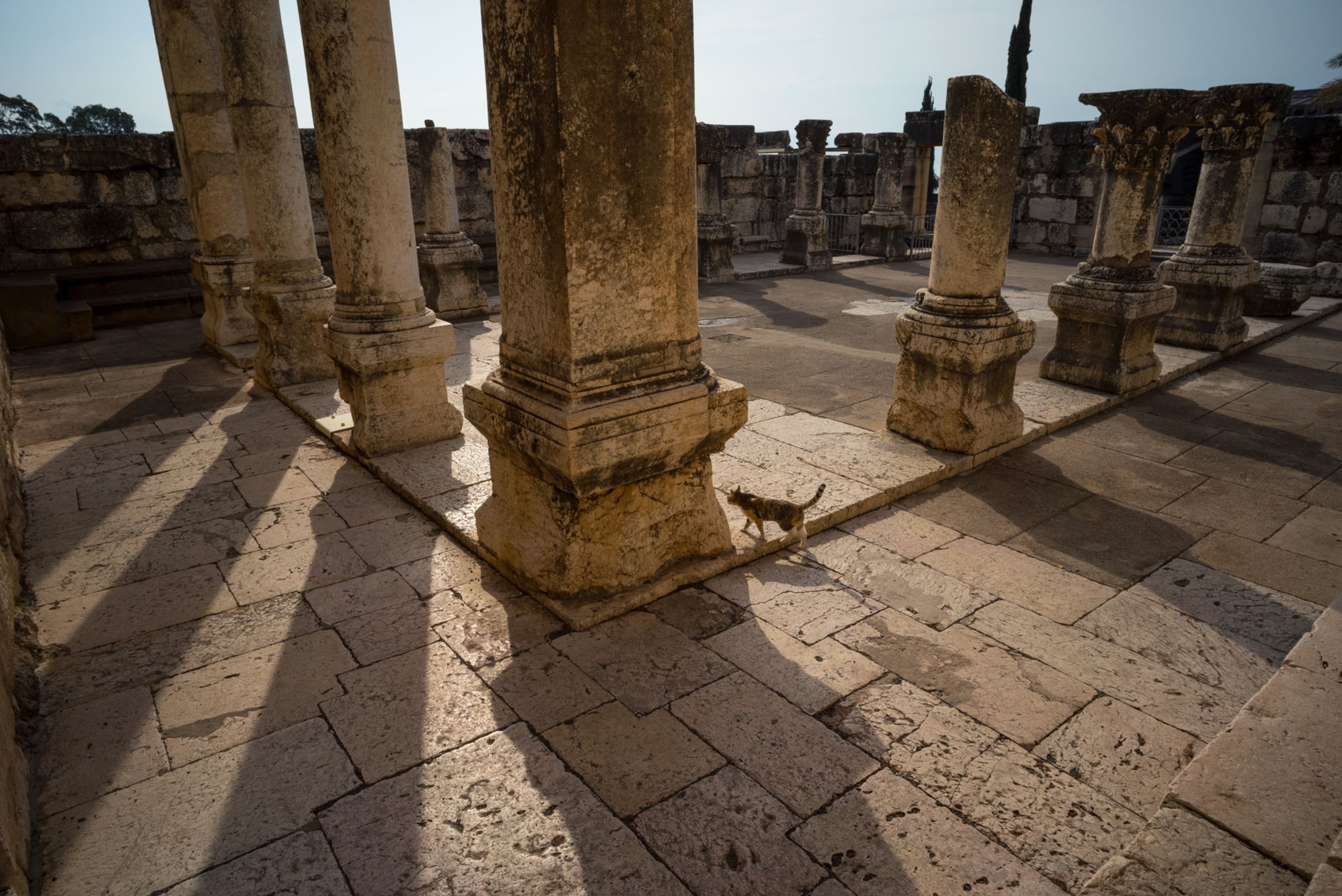
Another series of steps takes us down into a lamp-lit grotto and a small marble-clad niche. Here, a silver star marks the very spot where, according to tradition, Jesus Christ was born. The pilgrims ease to their knees to kiss the star and press their palms to the cool, polished stone. Soon a church official entreats them to hurry along and give others a chance to touch the holy rock—and, by faith, the Holy Child.
The Church of the Nativity is the oldest Christian church still in daily use, but not all scholars are convinced that Jesus of Nazareth was born in Bethlehem. Only two of the four Gospels mention his birth, and they provide diverging accounts: the traditional manger and shepherds in Luke; the wise men, massacre of children, and flight to Egypt in Matthew. Some suspect that the Gospel writers located Jesus’ Nativity in Bethlehem to tie the Galilean peasant to the Judaean city prophesied in the Old Testament as the birthplace of the Messiah.
Archaeology is largely silent on the matter. After all, what are the odds of unearthing any evidence of a peasant couple’s fleeting visit two millennia ago? Excavations at and around the Church of the Nativity have so far turned up no artifacts dating to the time of Christ, nor any sign that early Christians considered the site sacred. The first clear evidence of veneration comes from the third century, when the theologian Origen of Alexandria visited Palestine and noted, “In Bethlehem there is shown the cave where [Jesus] was born.” Early in the fourth century, the emperor Constantine sent an imperial delegation to the Holy Land to identify places associated with the life of Christ and hallow them with churches and shrines. Having located what they believed was the site of the Nativity grotto, the delegates erected an elaborate church, the forerunner of the present-day basilica.
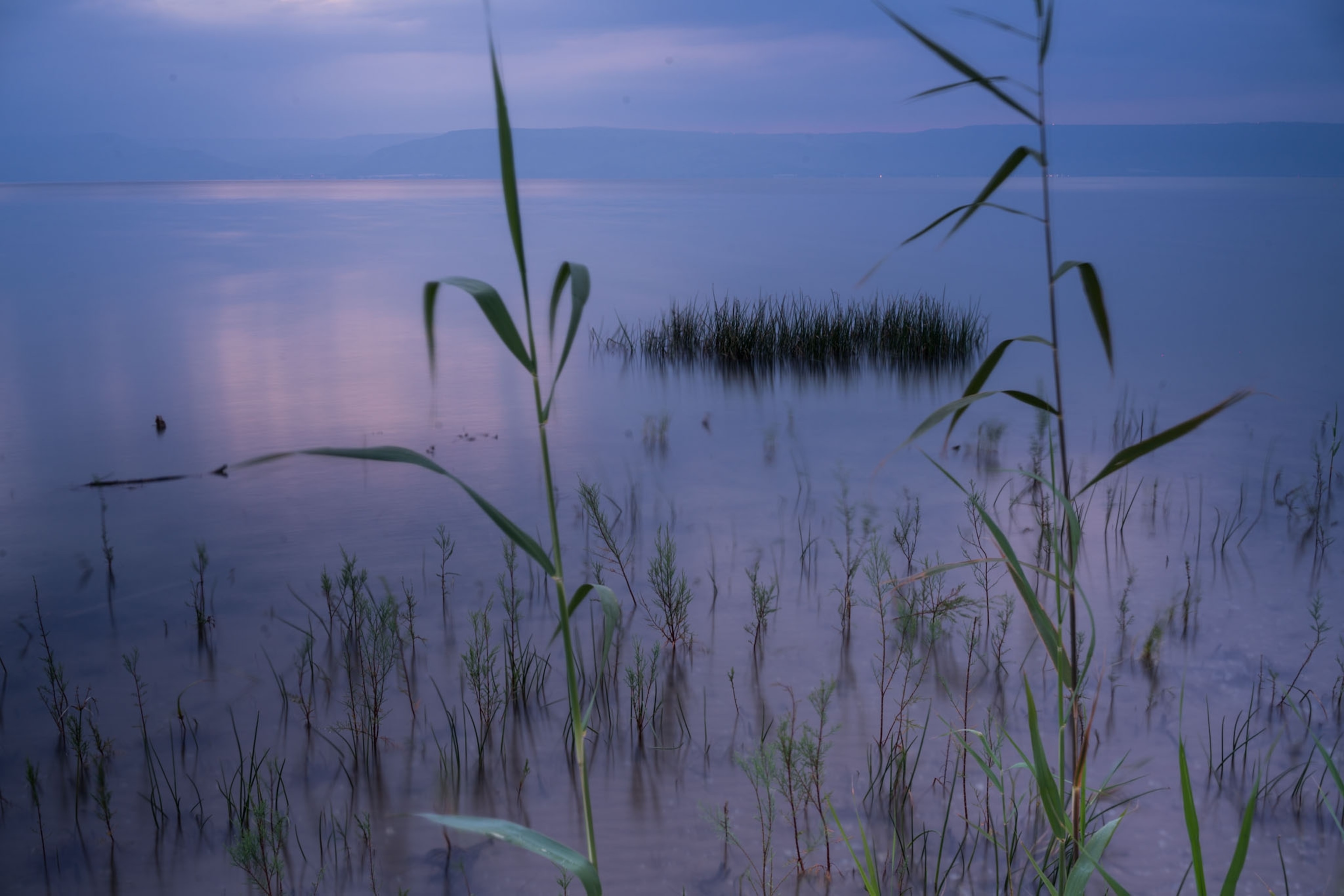
Many of the scholars I spoke to are neutral on the question of Christ’s birthplace, the physical evidence being too elusive to make a call. To their minds, the old adage that I learned in Archaeology 101—“Absence of evidence isn’t evidence of absence”—applies here.
If the trail of the real Jesus has gone cold in Bethlehem, it grows much warmer 65 miles north in Galilee, the rolling hill country of northern Israel. As the names “Jesus of Nazareth” and “Jesus the Nazarene” suggest, Jesus was raised in Nazareth, a small, agricultural village in southern Galilee. Scholars who understand him in strictly human terms—as a religious reformer, or a social revolutionary, or an apocalyptic prophet, or even a Jewish jihadist—plumb the political, economic, and social currents of first-century Galilee to discover the forces that gave rise to the man and his mission.
By far the mightiest force at the time shaping life in Galilee was the Roman Empire, which had subjugated Palestine some 60 years before Jesus’ birth. Almost all Jews chafed under Rome’s ironfisted rule, with its oppressive taxes and idolatrous religion, and many scholars believe this social unrest set the stage for the Jewish agitator who burst onto the scene denouncing the rich and powerful and pronouncing blessings on the poor and marginalized.
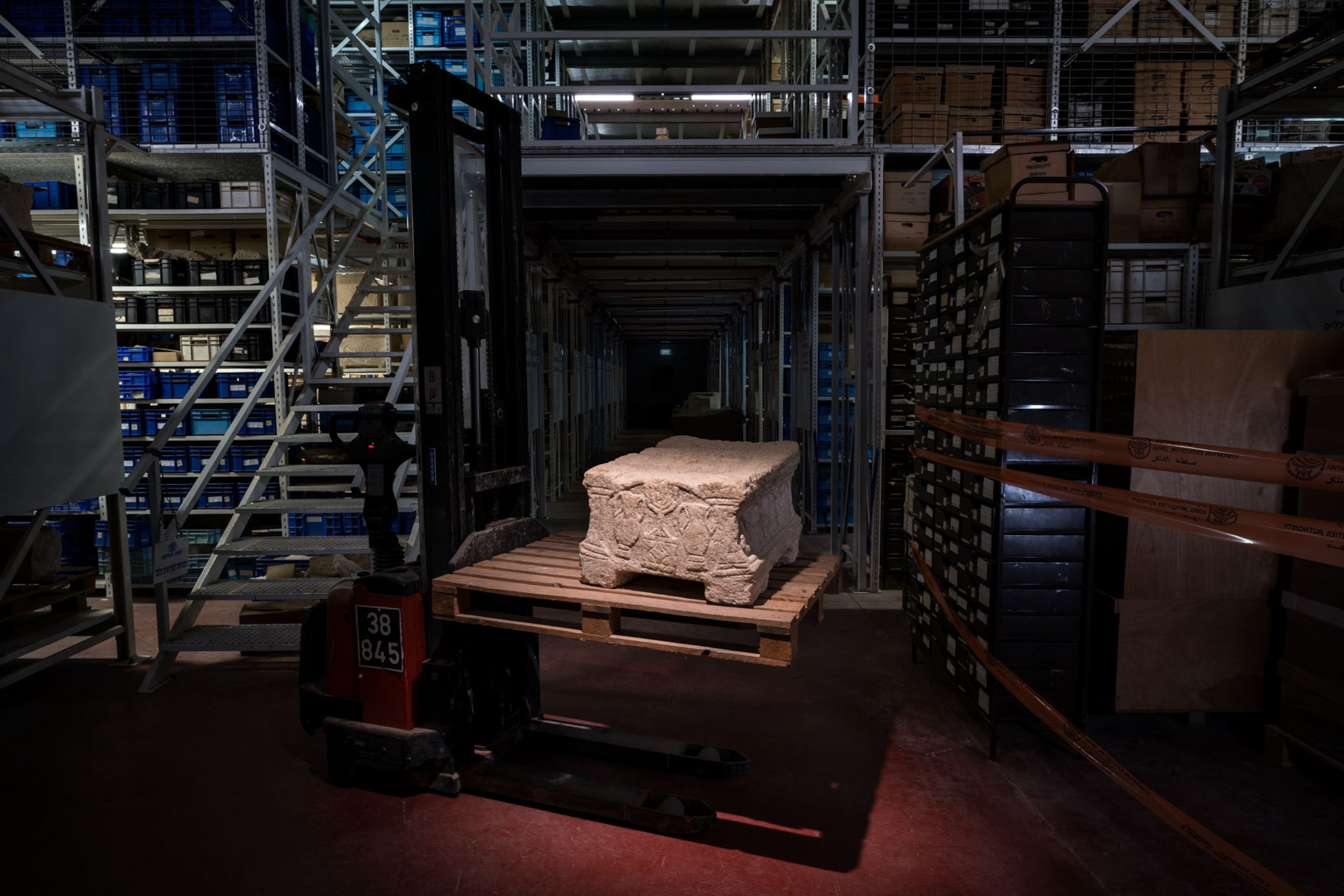
Others imagine the onslaught of Greco-Roman culture molding Jesus into a less Jewish, more cosmopolitan champion of social justice. In 1991 John Dominic Crossan published a bombshell of a book, The Historical Jesus, in which he put forward the theory that the real Jesus was a wandering sage whose countercultural lifestyle and subversive sayings bore striking parallels to the Cynics. These peripatetic philosophers of ancient Greece, while not cynical in the modern sense of the word, thumbed their unwashed noses at social conventions such as cleanliness and the pursuit of wealth and status.
Crossan’s unorthodox thesis was inspired partly by archaeological discoveries showing that Galilee—long thought to have been a rural backwater and an isolated Jewish enclave—was in fact becoming more urbanized and romanized during Jesus’ day than scholars once imagined, and partly by the fact that Jesus’ boyhood home was just three miles from Sepphoris, the Roman provincial capital. Although the city isn’t mentioned in the Gospels, an ambitious building campaign fueled by Galilee’s ruler, Herod Antipas, would have attracted skilled workers from all the surrounding villages. Many scholars think it’s reasonable to imagine Jesus, a young craftsman living nearby, working at Sepphoris—and, like a college freshman, testing the boundaries of his religious upbringing.
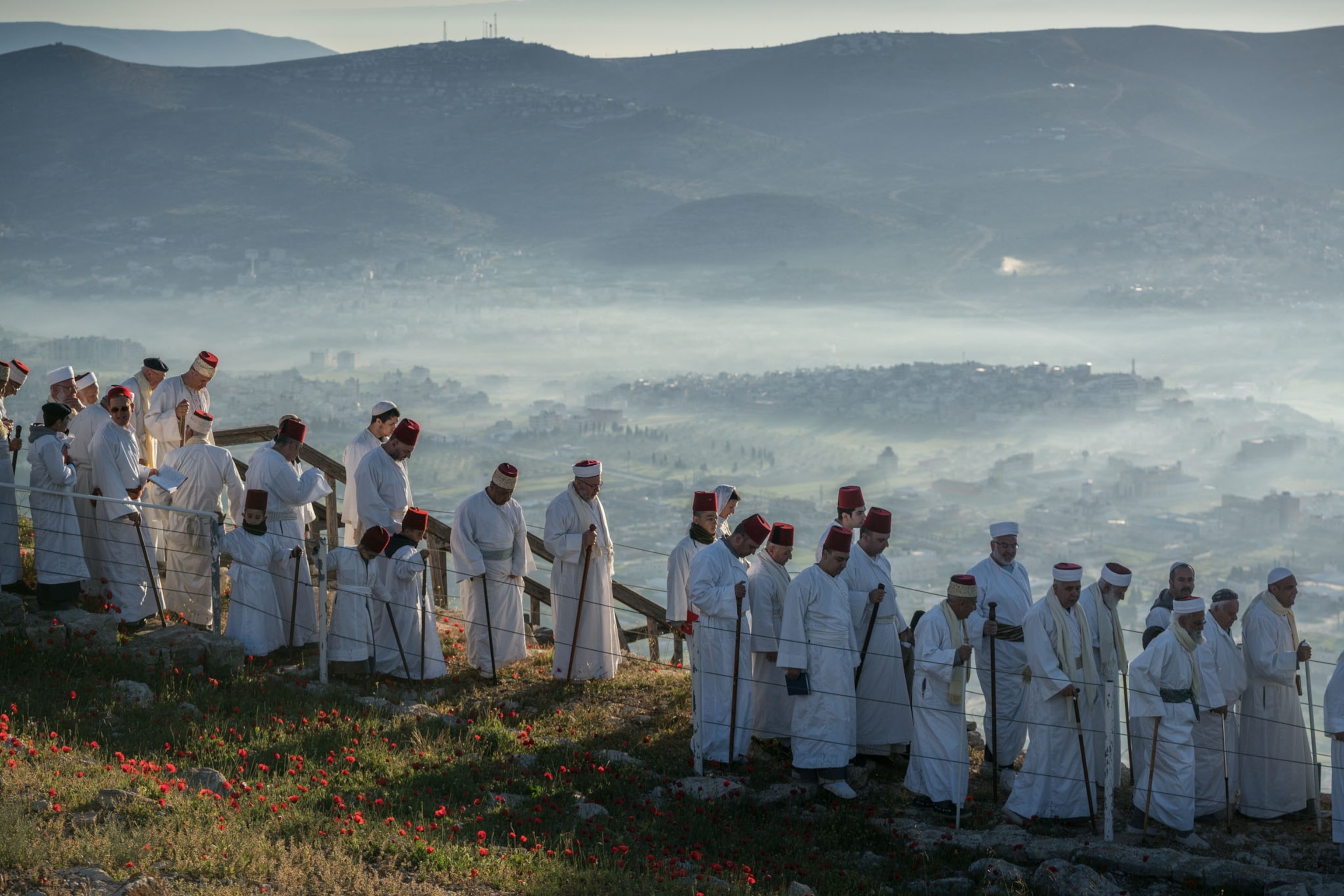
On a brilliant spring day after rains have left the Galilean hills awash with wildflowers, I hike around the ruins of Sepphoris with Eric and Carol Meyers, the Duke University archaeologists I consulted at the start of my odyssey. The husband-and-wife team spent 33 years excavating the sprawling site, which became the nexus of a heated academic debate about the Jewishness of Galilee and, by extension, of Jesus himself. Eric Meyers, lanky and white-haired, pauses in front of a pile of columns. “It was pretty acrimonious,” he says, recalling the decades-long dispute over the influence of a hellenizing city on a young Jewish peasant. He stops at the top of a hill and waves his hands across a sprawl of neatly excavated walls. “We had to dig through a bivouac from the 1948 war, including a live Syrian shell, to get to these houses,” he explains. “And underneath we found the mikvaot!”
At least 30 mikvahs, or Jewish ritual baths, dot the residential quarter of Sepphoris—the largest domestic concentration ever found by archaeologists. Along with ceremonial stone vessels and a striking absence of pig bones (pork being shunned by kosher-keeping Jews), they offer clear evidence that even this imperial Roman city remained a very Jewish place during Jesus’ formative years.
This and other insights gleaned from excavations across Galilee have led to a significant shift in scholarly opinion, says Craig Evans, professor of Christian origins in the School of Christian Thought at Houston Baptist University. “Thanks to archaeology, there’s been a big change in thinking—from Jesus the cosmopolitan Hellenist to Jesus the observant Jew.”
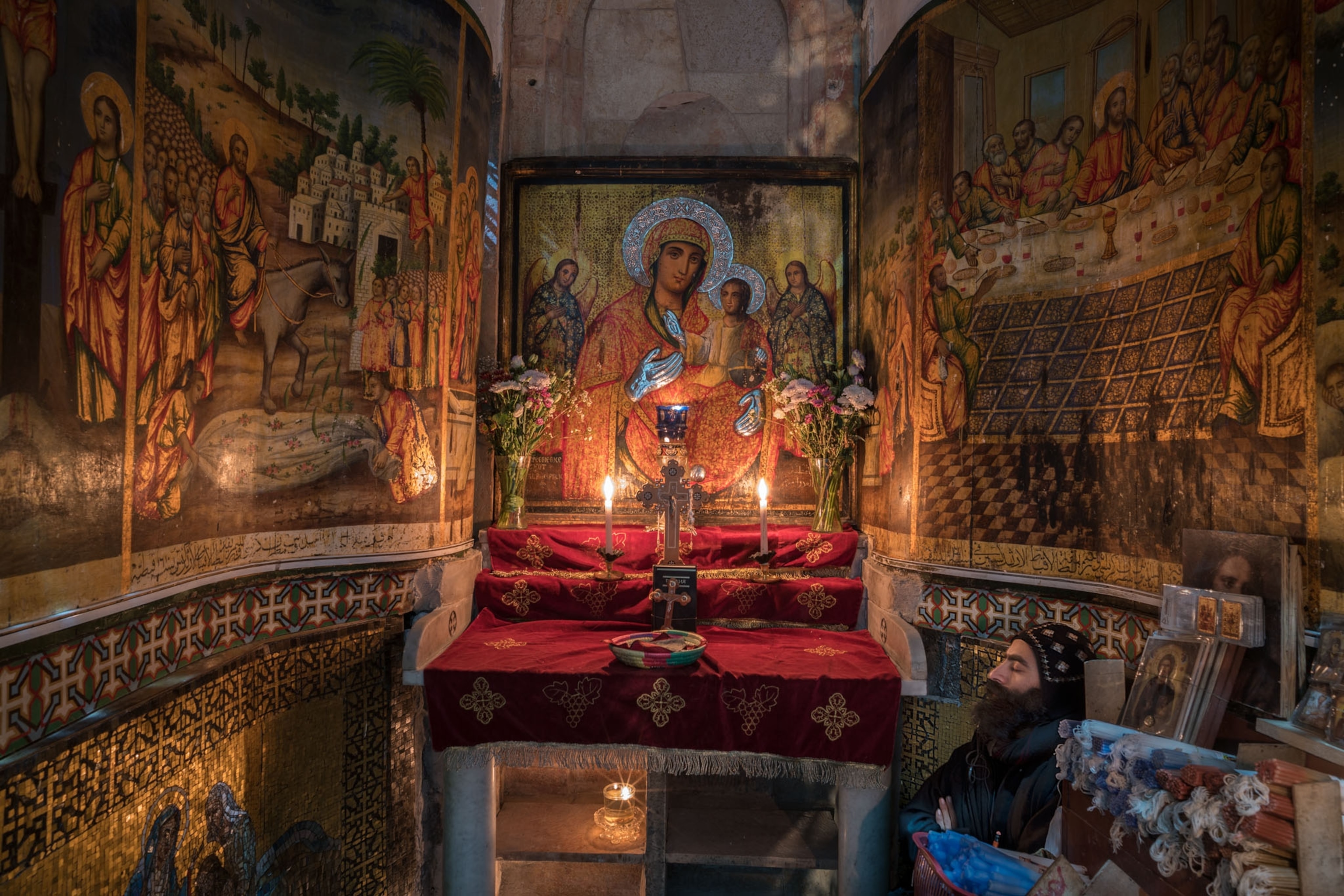
When Jesus was about 30 years old, he waded into the Jordan River with the Jewish firebrand John the Baptist and, according to New Testament accounts, underwent a life-changing experience. Rising from the water, he saw the Spirit of God descend on him “like a dove” and heard the voice of God proclaim, “This is my beloved Son, with whom I am well pleased.” The divine encounter launched Jesus on a preaching and healing mission that began in Galilee and ended, three years later, with his execution in Jerusalem.
One of his first stops was Capernaum, a fishing town on the northwest shore of a large freshwater lake called, confusingly, the Sea of Galilee. Here Jesus met the fishermen who became his first followers—Peter and Andrew casting nets, James and John mending theirs—and established his first base of operation.
Commonly referred to on the Christian tour route as the “town of Jesus,” the pilgrimage site of Capernaum today is owned by the Franciscans and surrounded by a high metal fence. A sign at the gate makes clear what’s not allowed inside: dogs, guns, cigarettes, and short skirts. Directly beyond the gate is an incongruously modern church mounted on eight pillars that resembles a spaceship hovering above a pile of ruins. This is St. Peter’s Memorial, consecrated in 1990 over one of the biggest discoveries made during the 20th century by archaeologists investigating the historical Jesus.
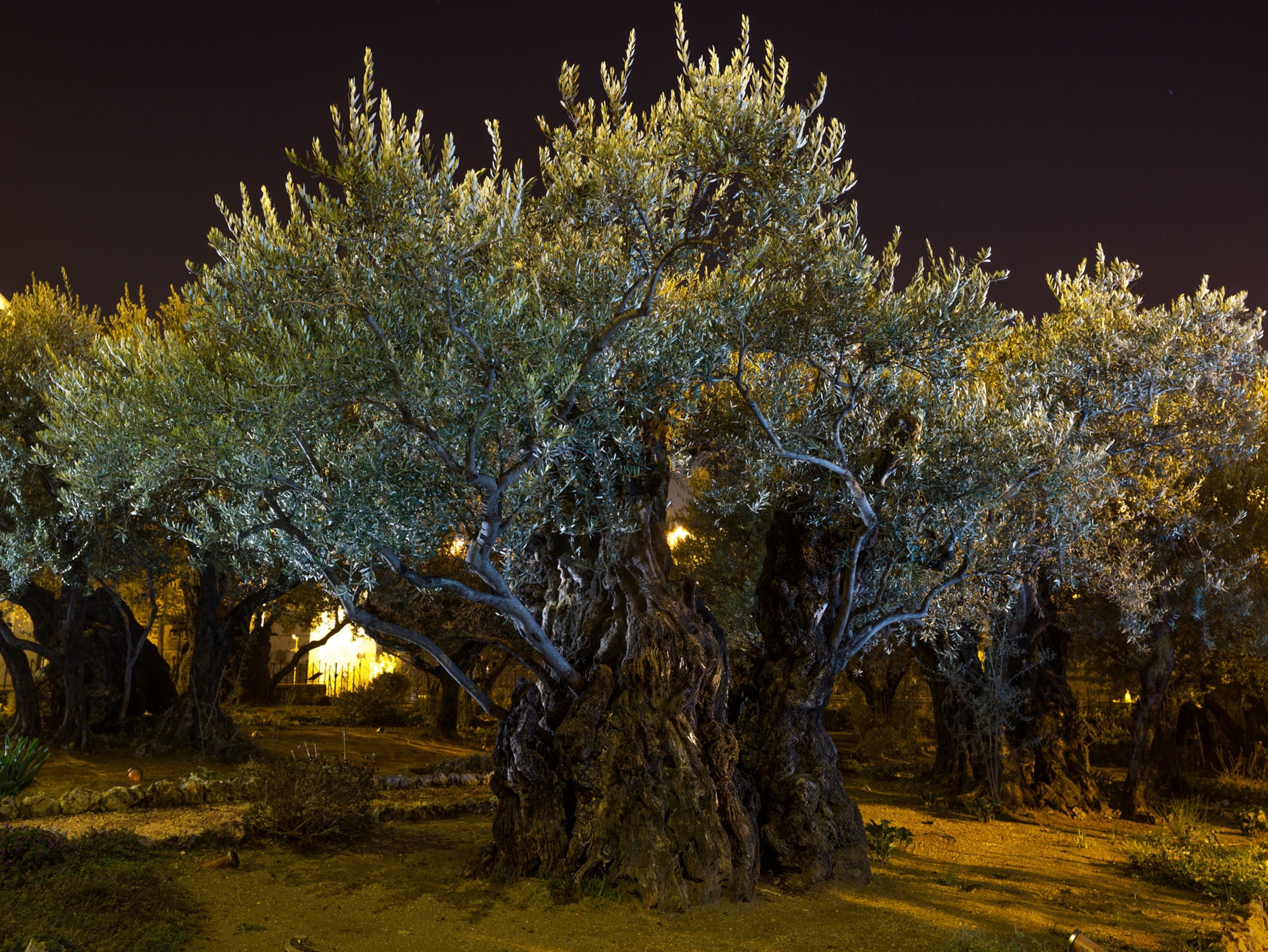
From its odd perch the church offers a stunning view of the lake, but all eyes are drawn to the center of the building, where visitors peer over a railing and through a glass floor into the ruins of an octagonal church built some 1,500 years ago. When Franciscan archaeologists excavated beneath the structure in 1968, they discovered that it had been built on the remains of a first-century house. There was evidence that this private home had been transformed into a public meeting place in a short span of time.
By the second half of the first century—just a few decades after the Crucifixion of Jesus—the home’s rough stone walls had been plastered over and household kitchen items replaced with oil lamps, characteristic of a community gathering place. Over the following centuries, entreaties to Christ were etched into the walls, and by the time Christianity became the official religion of the Roman Empire in the fourth century, the dwelling had been expanded into an elaborately decorated house of worship. Since then the structure has commonly been known as Peter’s House, and while it’s impossible to determine whether the disciple actually inhabited the home, many scholars say it’s possible.
The Gospels note that Jesus cured Peter’s mother-in-law, ill with fever, at her home in Capernaum. Word of the miracle spread quickly, and by evening a suffering crowd had gathered at her door. Jesus healed the sick and delivered people possessed by demons.
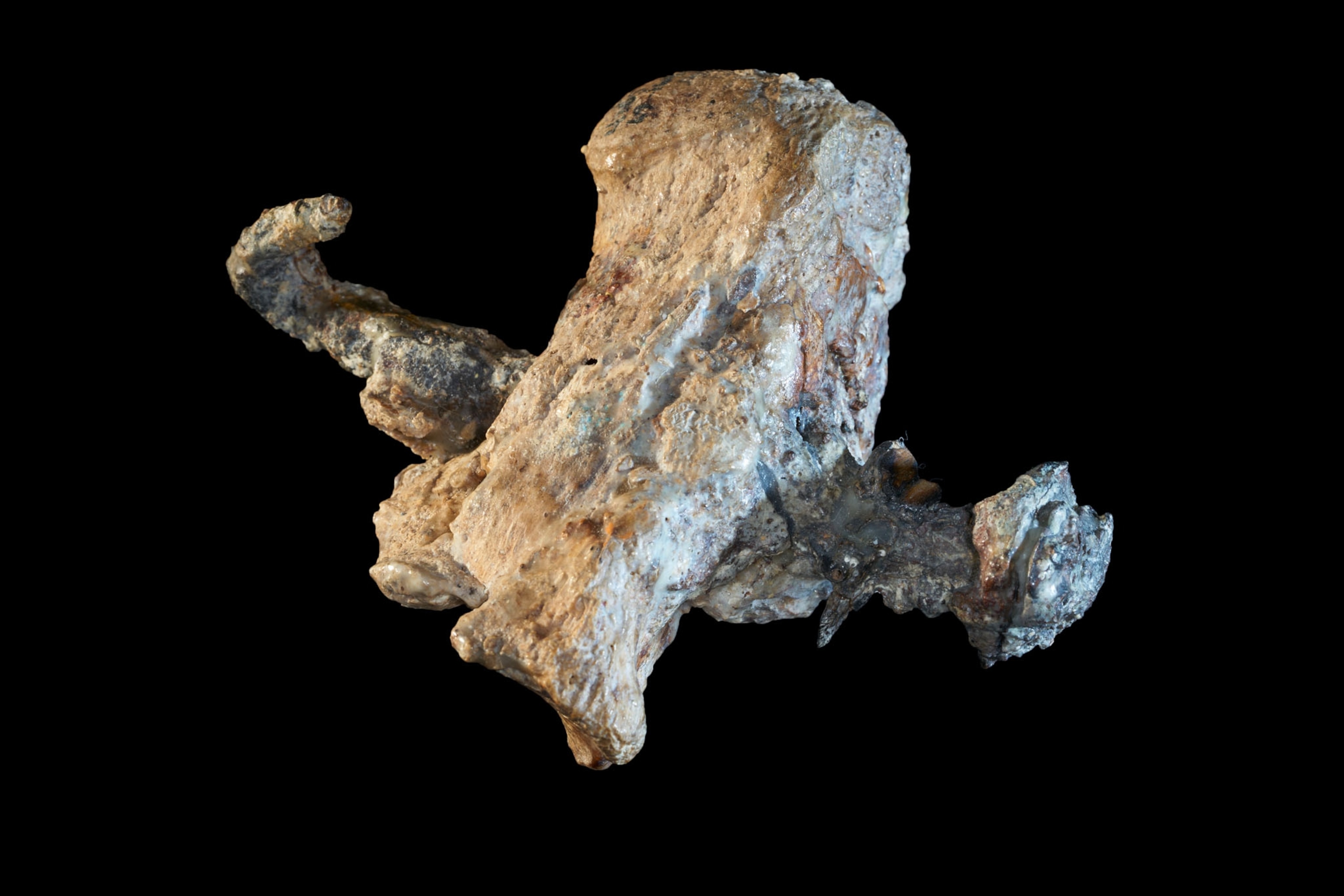
Accounts of large crowds coming to Jesus for healing are consistent with what archaeology reveals about first-century Palestine, where diseases such as leprosy and tuberculosis were rife. According to a study of burials in Roman Palestine by archaeologist Byron McCane, between two-thirds and three-quarters of the surveyed graves held the remains of children and adolescents. Survive the perilous years of childhood, and your chances of living to old age greatly increased, McCane says. “During Jesus’ time, getting past 15 was apparently the trick.”
From Capernaum I head south along the Sea of Galilee to a kibbutz (a communal farm) that in 1986 was the scene of great excitement—and an emergency excavation. A severe drought had drastically lowered the lake’s water level, and as two brothers from the community hunted for ancient coins in the mud of the exposed lake bed, they spotted the faint outline of a boat. Archaeologists who examined the vessel found artifacts dating to the Roman era inside and next to the hull. Carbon 14 testing later confirmed the boat’s age: It was from roughly the lifetime of Jesus.
Efforts to keep the discovery under wraps soon failed, and news of the “Jesus boat” sent a stampede of relic hunters scouring the lakeshore, threatening the fragile artifact. Just then the rains returned, and the lake level began to rise.
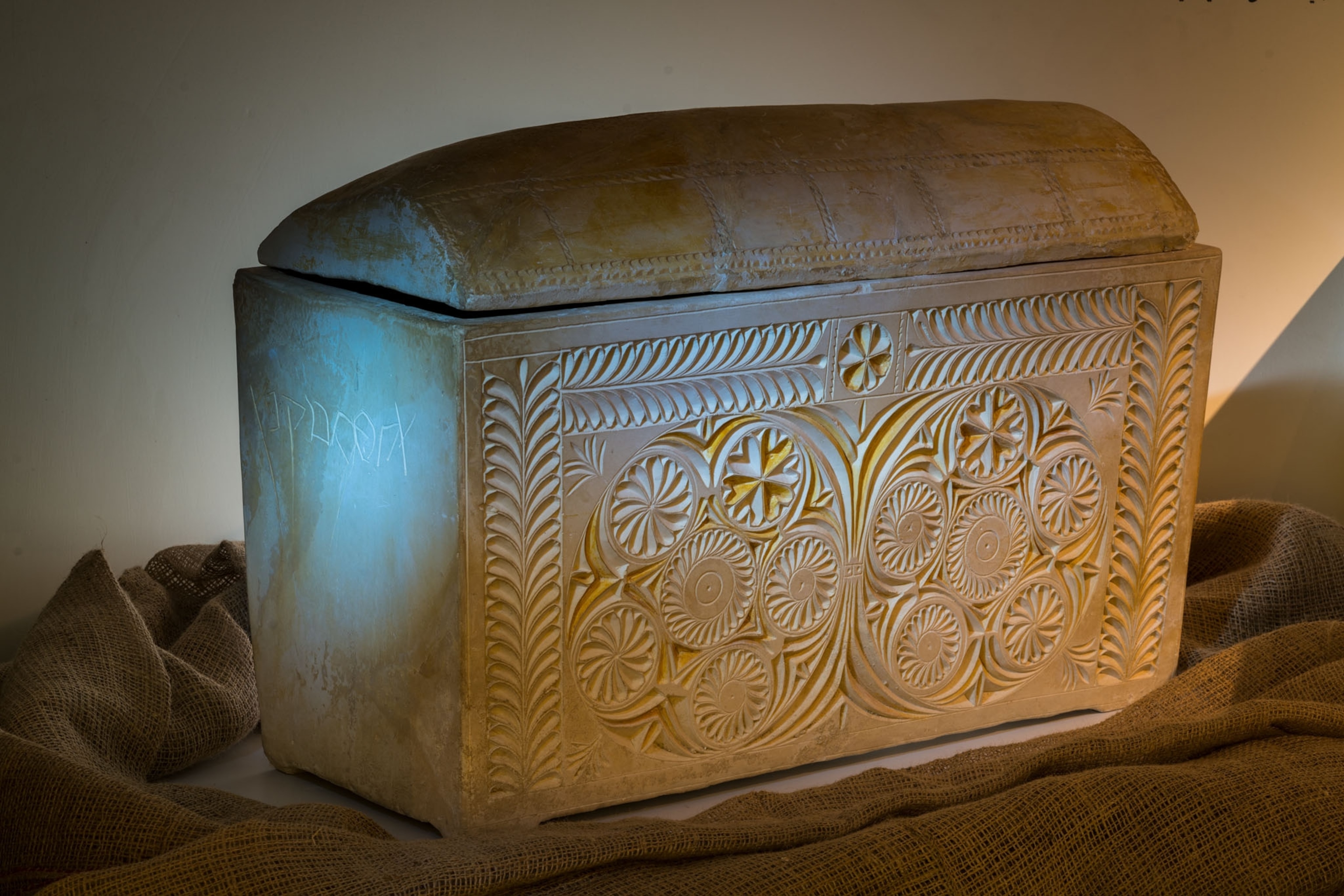
The round-the-clock “rescue excavation” that ensued was an archaeological feat for the record books. A project that normally would take months to plan and execute was completed, start to finish, in just 11 days. Once exposed to air, the boat’s waterlogged timbers would quickly disintegrate. So archaeologists supported the remains with a fiberglass frame and polyurethane foam and floated it to safety.
Today the treasured boat has pride of place in a museum on the kibbutz, near the spot where it was discovered. Measuring seven and a half feet wide and 27 feet long, it could have accommodated 13 men—although there’s no evidence that Jesus and his Twelve Apostles used this very vessel. To be candid, it’s not much to look at: a skeleton of planks repeatedly patched and repaired until it was finally stripped and scuttled.
“They had to nurse this boat along until they couldn’t nurse it any longer,” says Crossan, who likens the vessel to “some of those cars you see in Havana.” But its value to historians is incalculable, he says. Seeing “how hard they had to work to keep that boat afloat tells me a lot about the economics of the Sea of Galilee and the fishing at the time of Jesus.”
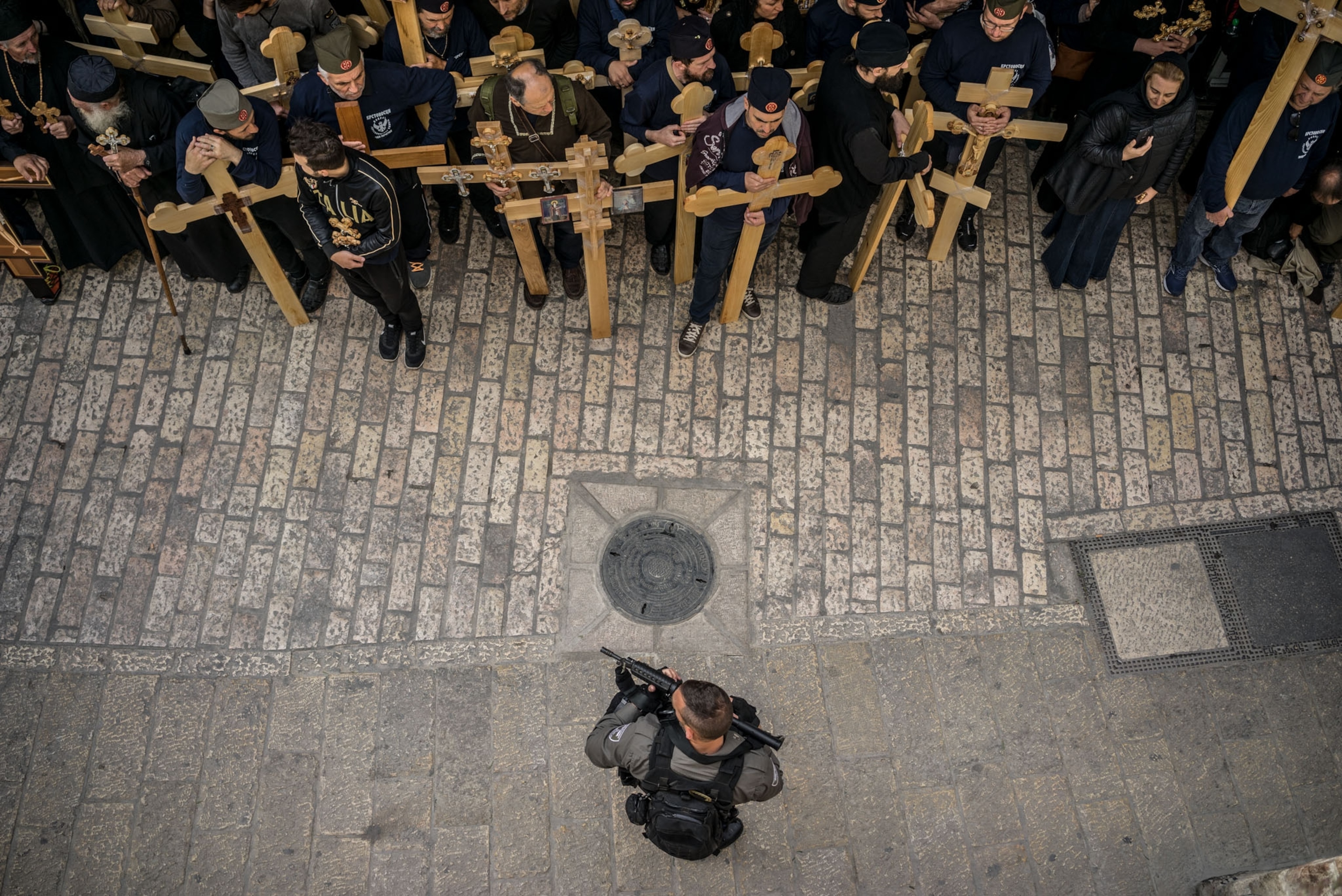
Another dramatic discovery occurred just over a mile south of the Jesus boat, at the site of ancient Magdala, the hometown of Mary Magdalene, a devoted follower of Jesus. Franciscan archaeologists began excavating part of the town during the 1970s, but the northern half lay under a defunct lakeside resort called Hawaii Beach.
Enter Father Juan Solana, a papal appointee charged with overseeing a pilgrimage guesthouse in Jerusalem. In 2004 Solana “felt the leading of Christ” to build a pilgrims’ retreat in Galilee, so he set about raising millions of dollars and buying up parcels of waterfront land, including the failed resort. As construction was about to begin in 2009, archaeologists from the Israel Antiquities Authority showed up to survey the site, as required by law. After a few weeks of probing the rocky soil, they were startled to discover the buried ruins of a synagogue from the time of Jesus—the first such structure unearthed in Galilee.
The find was especially significant because it put to rest an argument made by skeptics that no synagogues existed in Galilee until decades after Jesus’ death. If those skeptics were right, their claim would shred the Gospels’ portrait of Jesus as a faithful synagogue-goer who often proclaimed his message and performed miracles in these Jewish meeting places.
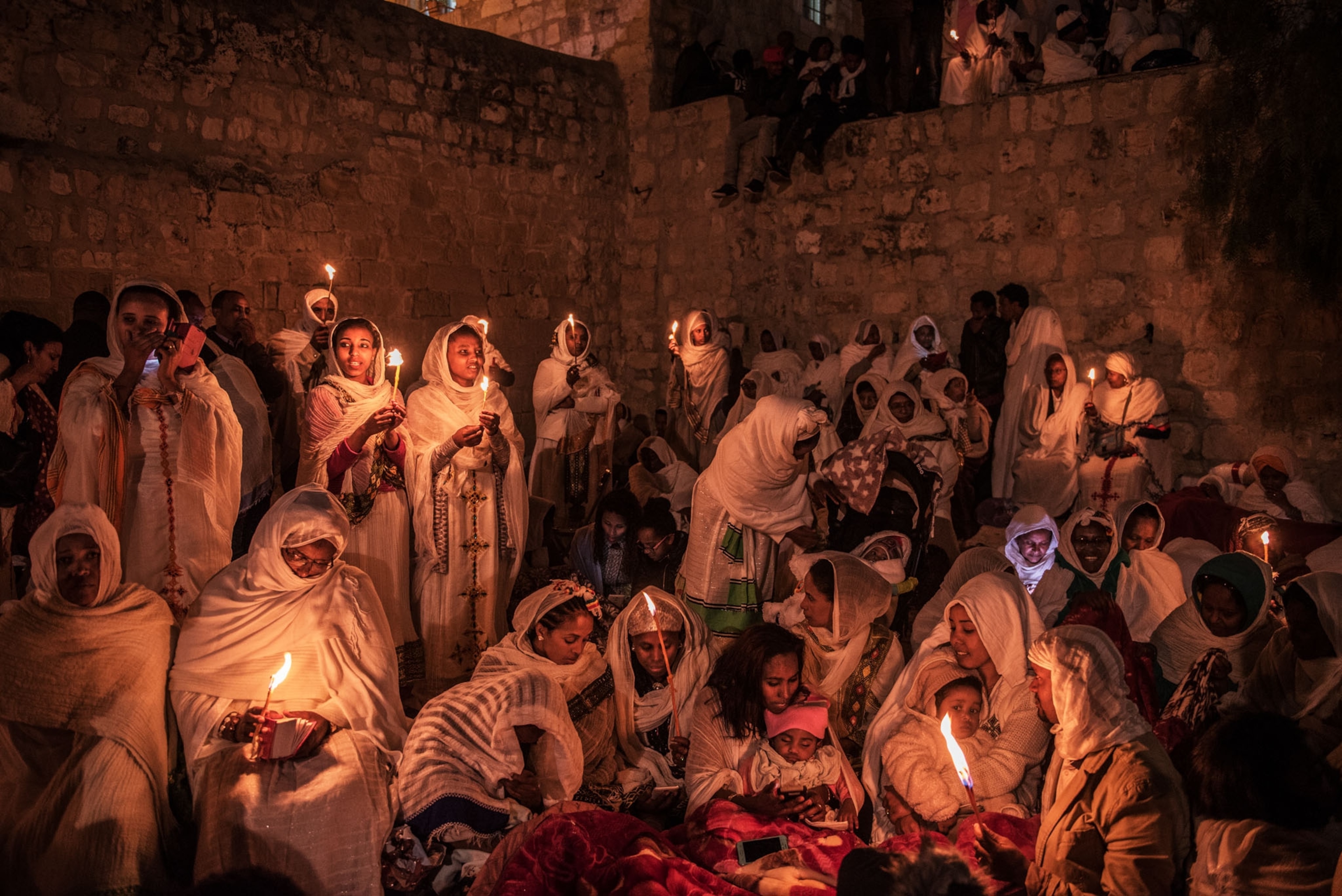
As archaeologists excavated the ruins, they uncovered walls lined with benches—indicating that this was a synagogue—and a mosaic floor. At the center of the room they were astounded to find a stone about the size of a footlocker that showed the most sacred elements of the Temple in Jerusalem carved in relief. The discovery of the Magdala Stone, as the artifact has come to be called, struck a death blow to the once fashionable notion that Galileans were impious hillbillies detached from Israel’s religious center.
As archaeologists continued to dig, they discovered an entire town buried less than a foot below the surface. The ruins were so well preserved that some began calling Magdala the “Israeli Pompeii.”
Archaeologist Dina Avshalom-Gorni walks me through the site, pointing out the remains of storerooms, ritual baths, and an industrial area where fish may have been processed and sold. “I can just imagine women buying fish in the market right there,” she says, nodding toward the foundations of stone stalls. And who knows? Maybe those women included the town’s famous native daughter, Mary of Magdala.
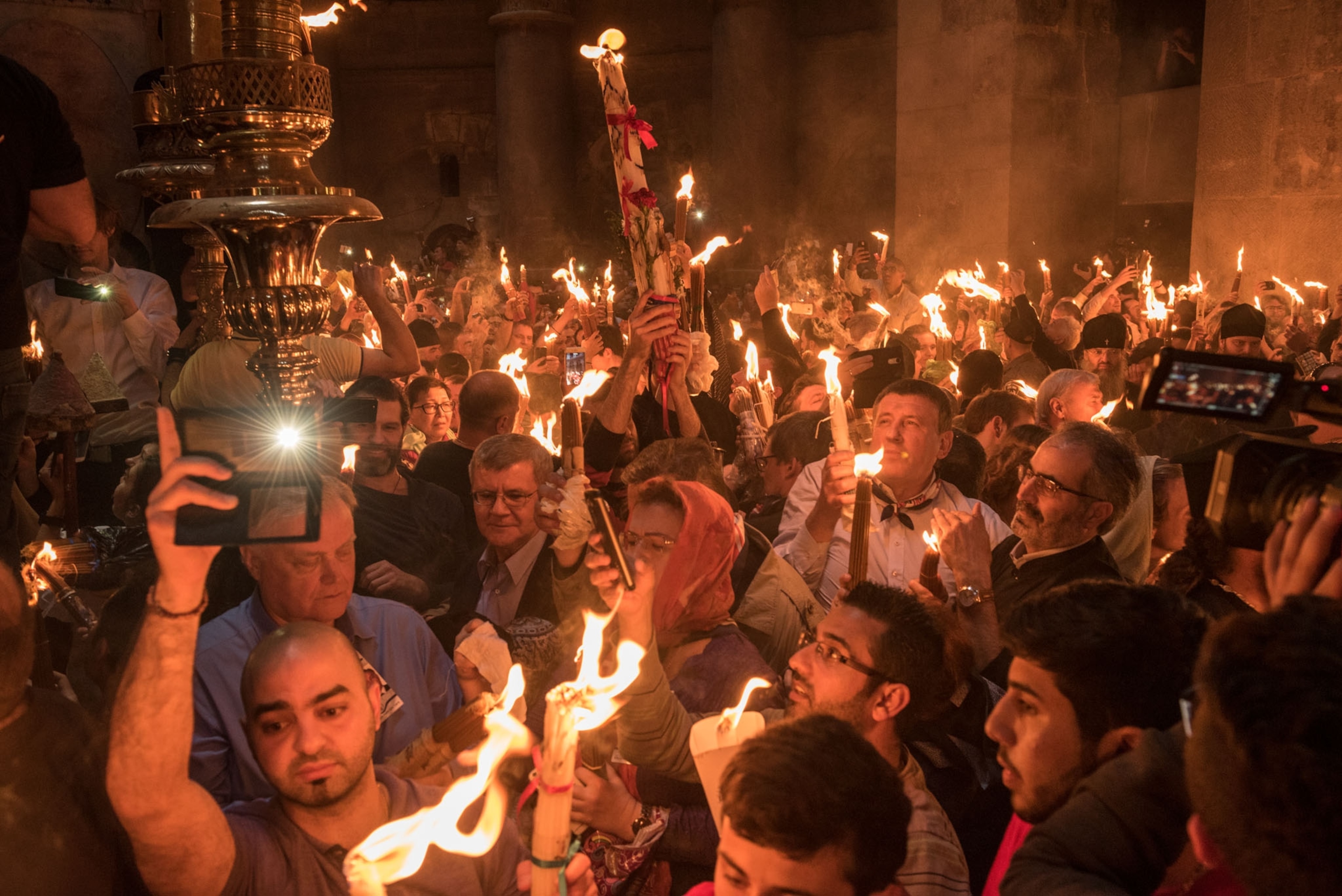
Father Solana comes over to greet us, and I ask him what he tells visitors who want to know whether Jesus ever walked these streets. “We can’t expect to answer that,” he admits, “but we see the number of times that the Gospels mention Jesus in a Galilee synagogue.” Considering the fact that the synagogue was active during his ministry and just a brief sail from Capernaum, Solana concludes, “we have no reason to deny or doubt that Jesus was here.”
At each stop on my journey through Galilee, Jesus’ faint footprints seemed to grow a bit more distinct, a shade more discernible. But it’s not until I return to Jerusalem that they finally come into vivid focus. In the New Testament, the ancient city is the setting for many of his miracles and most dramatic moments: his triumphal entry, his cleansing of the Temple, his healing miracles at the Pools of Bethesda and Siloam—both of which have been uncovered by archaeologists—his clashes with the religious authorities, his last Passover meal, his agonized prayer in the Garden of Gethsemane, his trial and execution, his burial and Resurrection.
Unlike the disparate stories of Jesus’ birth, the four Gospels reach much closer agreement in their account of his death. Following his arrival in Jerusalem for Passover, Jesus is brought before the high priest Caiaphas and charged with blasphemy and threats against the Temple. Condemned to death by the Roman governor Pontius Pilate, he’s crucified on a hill outside the city walls and buried in a rock-cut tomb nearby.
The traditional location of that tomb, in what is now the Church of the Holy Sepulchre, is considered the holiest site in Christianity. It’s also the place that sparked my quest for the real Jesus. In 2016 I made several trips to the church to document the historic restoration of the Edicule, the shrine that houses the reputed tomb of Jesus. Now, during Easter week, I return to see it in all its soot-scrubbed, reinforced glory.
Standing shoulder to shoulder with holiday pilgrims waiting to enter the tiny shrine, I recall the nights spent inside the empty church with the conservation team, coming upon darkened nooks etched with centuries of graffiti and burials of crusader kings. I marvel at the many archaeological discoveries made in Jerusalem and elsewhere over the years that lend credibility to the Scriptures and traditions surrounding the death of Jesus, including an ornate ossuary that may contain the bones of Caiaphas, an inscription attesting to the rule of Pontius Pilate, and a heel bone driven through with an iron crucifixion nail, found in the Jerusalem burial of a Jewish man named Yehohanan.
I’m also struck by the many lines of evidence that converge on this ancient church. Just yards from the tomb of Christ are other rock-hewn tombs of the period, affirming that this church, destroyed and rebuilt twice, was indeed constructed over a Jewish burial ground. I recall being alone inside the tomb after its marble cladding was briefly removed, overwhelmed that I was looking at one of the world’s most important monuments—a simple limestone shelf that people have revered for millennia, a sight that hadn’t been seen for possibly a thousand years. I was overwhelmed by all the questions of history I hoped this brief and spectacular moment of exposure would eventually answer.

Today, on my Easter visit, I find myself inside the tomb again, squeezed alongside three kerchiefed Russian women. The marble is back in place, protecting the burial bed from their kisses and all the rosaries and prayer cards rubbed endlessly on its time-polished surface. The youngest woman whispers entreaties for Jesus to heal her son Yevgeni, who has leukemia.
A priest standing outside the entrance loudly reminds us that our time is up, that other pilgrims are waiting. Reluctantly, the women stand up and file out, and I follow. At this moment I realize that to sincere believers, the scholars’ quest for the historical, non-supernatural Jesus is of little consequence. That quest will be endless, full of shifting theories, unanswerable questions, irreconcilable facts. But for true believers, their faith in the life, death, and Resurrection of the Son of God will be evidence enough.
This story appears in the December 2017 issue of National Geographic magazine.

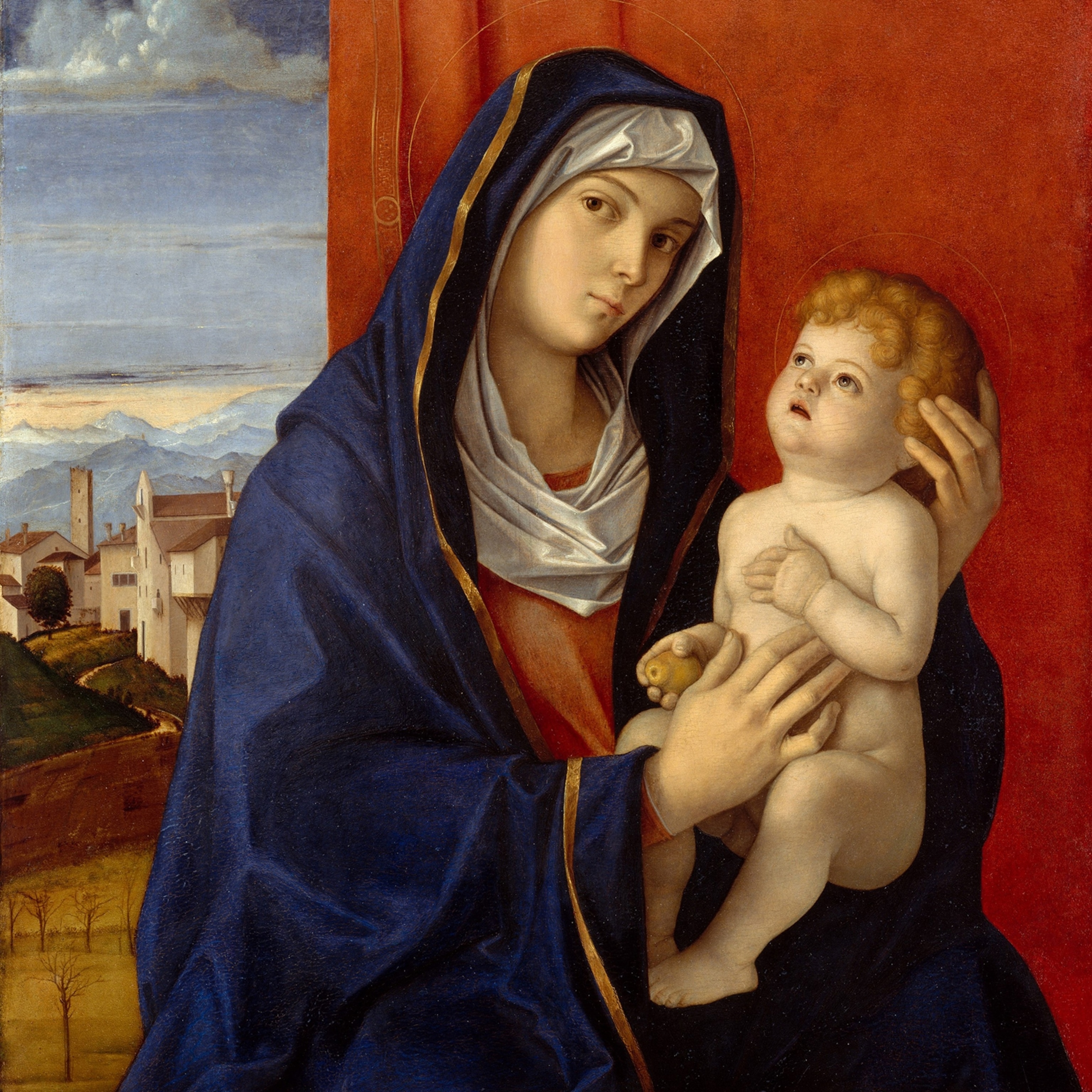

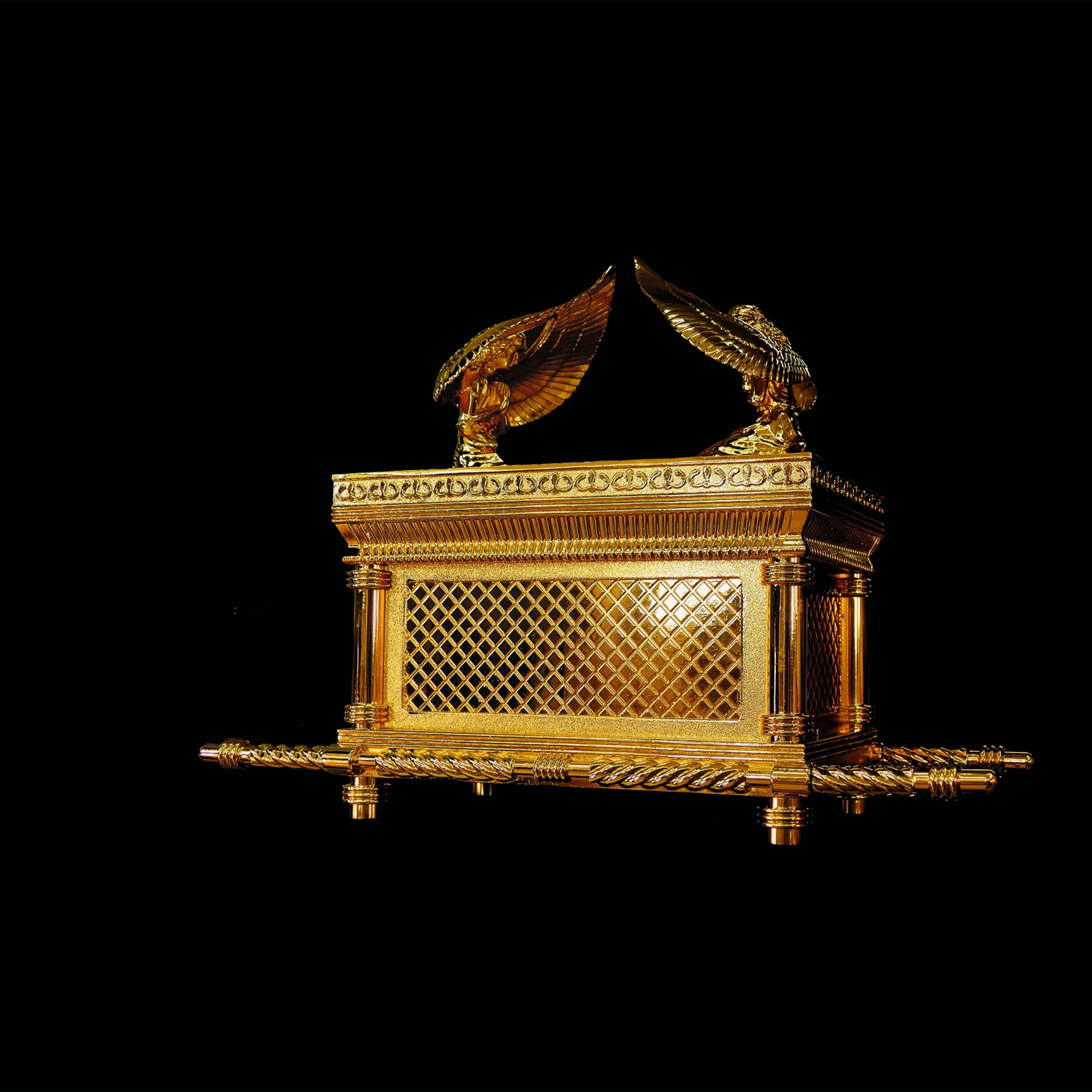

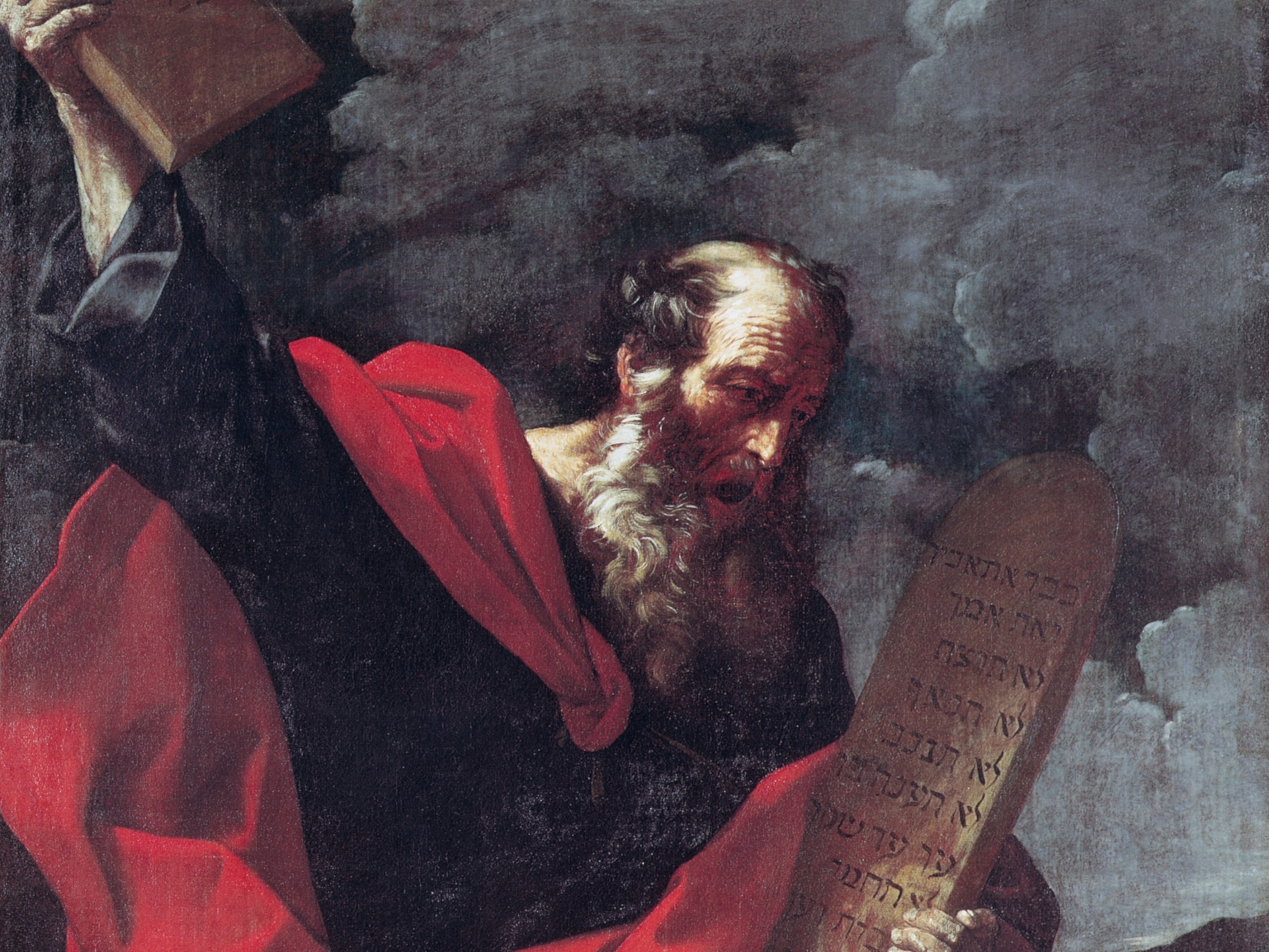
_4x3.jpg)
